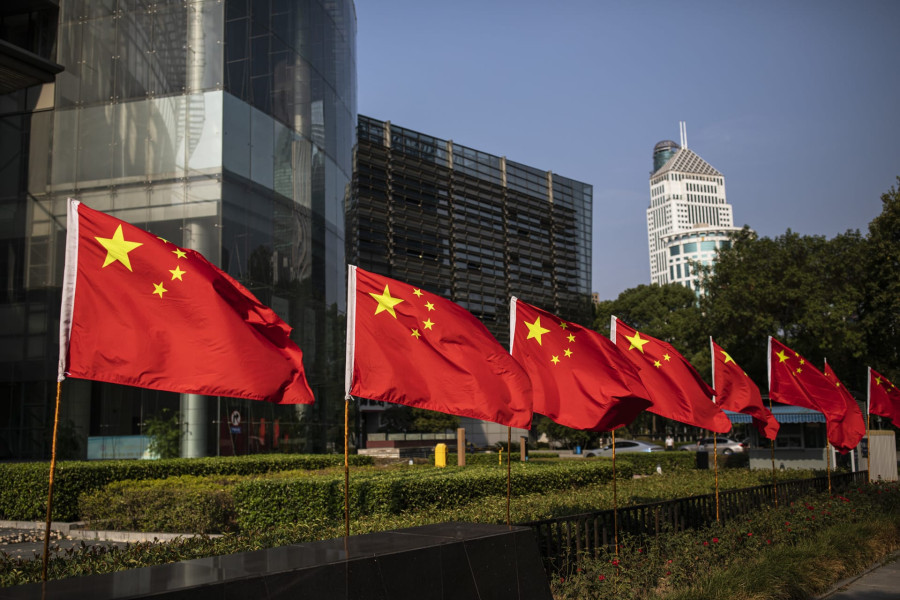China kept its key lending rates unchanged on Monday, in line with expectations, as Beijing is seen as having limited scope for monetary easing amid downward pressure on the yuan.
The decision came after the People's Bank of China surprised markets last week by keeping its medium-term lending rate steady.
The Chinese central bank's position has not changed despite recent data confirming the unbalanced nature of China's economic recovery and deflationary pressures that are pushing real borrowing costs higher.
Julian Evans-Pritchard, head of China economics at Capital Economics, said China's monetary policymakers appear to have persistent concerns about the yuan.
He said a rate cut at this stage could put additional downward pressure on the currency, something the People's Bank of China wants to avoid. Therefore, he may stick with quantitative easing tools for now, citing pledged supplementary lending as an example.
The one-year prime loan rate (LPR) was maintained at 3.45 percent, and the five-year lending rate was unchanged at 4.20 percent.
In a Reuters poll of 27 market watchers last week, all but one participant expected lending rates to remain unchanged.
Most new and outstanding loans in China are based on the one-year loan interest rate, while the five-year rate affects mortgage pricing.
Downward pressure on the Chinese yuan has resurfaced in the new year, dragged down by a weaker dollar on signs of resilience in the US economy and caution that the Federal Reserve may take longer than some expected to cut interest rates.
The Chinese yuan has lost about 1.3 percent since the beginning of the year so far, reaching its weakest level in two months.
Evans-Pritchard expects the People's Bank of China to resume interest rate cuts once the yuan regains some strength, anticipating interest rate cuts of 20 basis points by the end of the second quarter.
The interest rate on one-year loans was cut twice last year by a total of 20 basis points, while the interest rate on five-year loans was cut by 10 basis points.
Market watchers also expect China's central bank to step up liquidity injections before the upcoming Lunar New Year holiday, when cash demand from businesses and households typically rises.
The People's Bank of China is expected to use methods such as reverse repo operations in open market operations, the state-owned China Securities Journal cited analysts Monday, adding that the possibility of reducing banks' mandatory reserve requirement ratio cannot be ruled out either.
The week-long Lunar New Year holiday in China begins on February 10 this year.









































